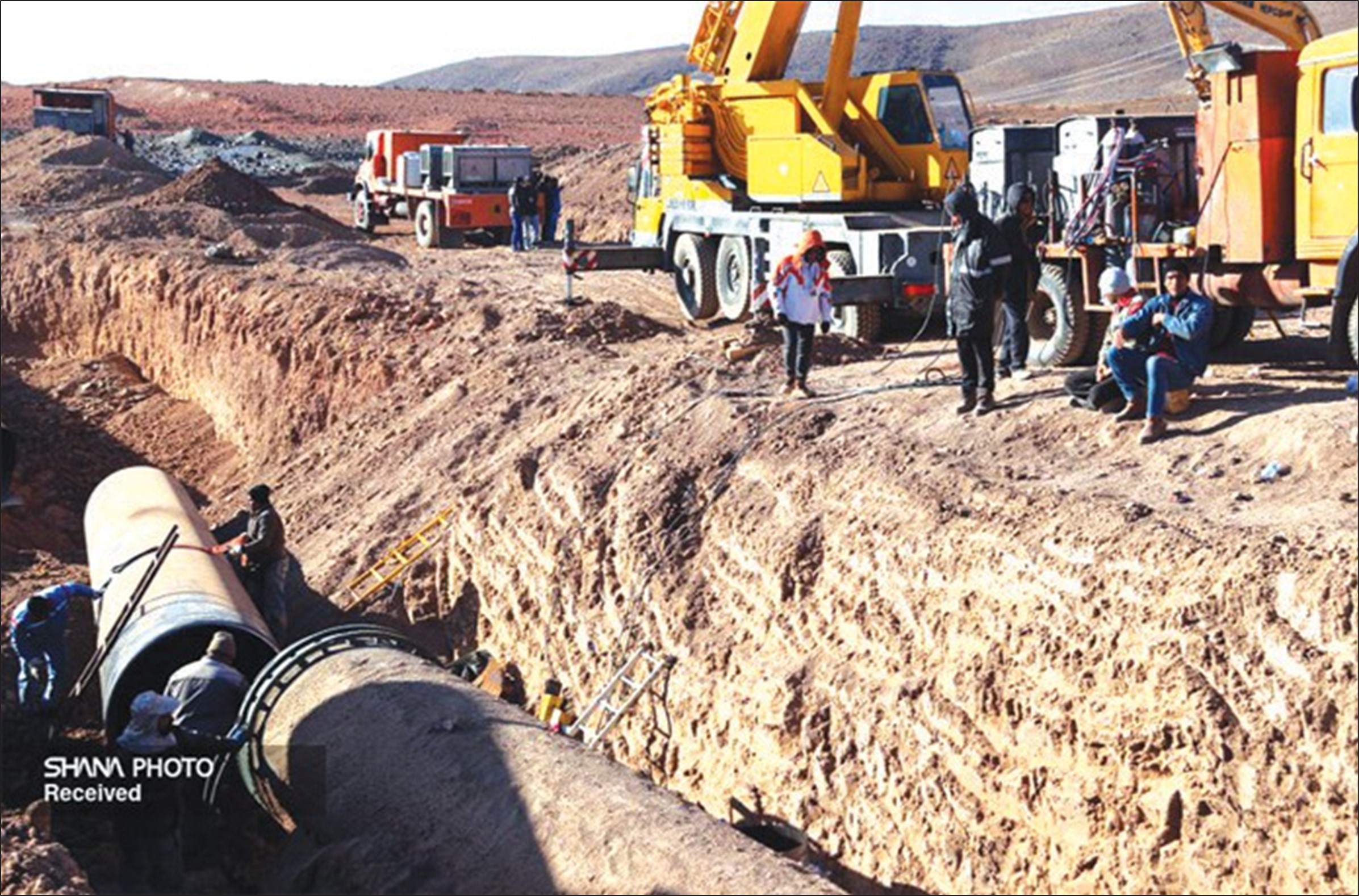March 15, 2024

Those attacks have generally been blamed on minority ethnic parties and separatist groups, which have sometimes proudly claimed responsibility. But no one has yet claimed responsibility for this double bombing. The bombings occurred about 1 a.m. in areas largely populated by minorities. One bomb went off near Borujen, southwest of Esfahan in Fars province, and the other at Safashahr, northeast of Shiraz in Chahar Mahal va Bakhtiari province. (See map on page three.) No casualties were reported.
The only thing pointing to Israel is the fact that no one has claimed responsibility and Israel never claims responsibility for anything it does against the Islamic Republic. But Israel has for years focused on Iran’s nuclear program, taking actions to delay its progress. It has not targeted Iran’s natural gas supplies to Iranian homes. What’s more, pipe bombings don’t do much damage. Even though these pipes were a massive 56 inches (142 centimeters) in diameter, Iran is quite capable of repairing the damage by quickly replacing the damaged sections with new pipes. Oil Minister Javad Oji said, “The pipelines were repaired within two hours.” That was nonsense.
The explosions were in remote parts of the mountains and it took far more than two hours just to get replacement pipe to the scene. The pipelines were buried, so workmen had to dig up and expose the entire damaged sections of pipe before removing them and lowering new sections into place. This took a few days, not a few hours. Still, it was not a big deal.
It should be noted that while the Oil Ministry claimed repairs only took hours, it also announced that it was supplying liquefied petroleum gas (LPG) cylinders to households who suffered from gas outages as a result of the bomb blasts, something that would not be needed if the outage only lasted hours. Shana, the news agency of the Oil Ministry, carried a story Friday afternoon, more than 2-1/ 2 days after the blasts, saying the gas pipelines would back to normal “soon.” Iran International reported that gas meant for industries was diverted to households, forcing factories in some areas to shut down.
Published news reports in Iranian newspapers reported disruptions in five provinces. The New York Times quoted energy specialists as saying the blasts shut down 15 percent of Iran’s natural gas distribution system. It should also be noted that Iran has suffered a great many infrastructure failures owing to lack of maintenance. Given that no one claimed responsibility, it is quite possible that the failures were spontaneous.
However, a pipe leak would not usually lead to an explosion and the fact that the two explosions took place at almost the same hour argues against simple failure. The day after, the pipeline blasts, a major explosion started a huge fire at the Salar Chemical Company in Shahriyar, just west of Tehran. Officials attributed that to an accident at a fuel tank.
The Oil Ministry said it had anticipated that something would be done to damage oil or gas installations in an effort to embarrass Iran because of the huge turnout to mark the anniversary of the revolution a few days earlier. Opposition groups often do try to embarrass the regime during the annual revolution anniversary celebrations. But they take action before or during the celebrations, not days after they have ended. The pipelines damaged were the IGAT-4 and IGAT-8, parts of the Iran Gas Trunkline system.
